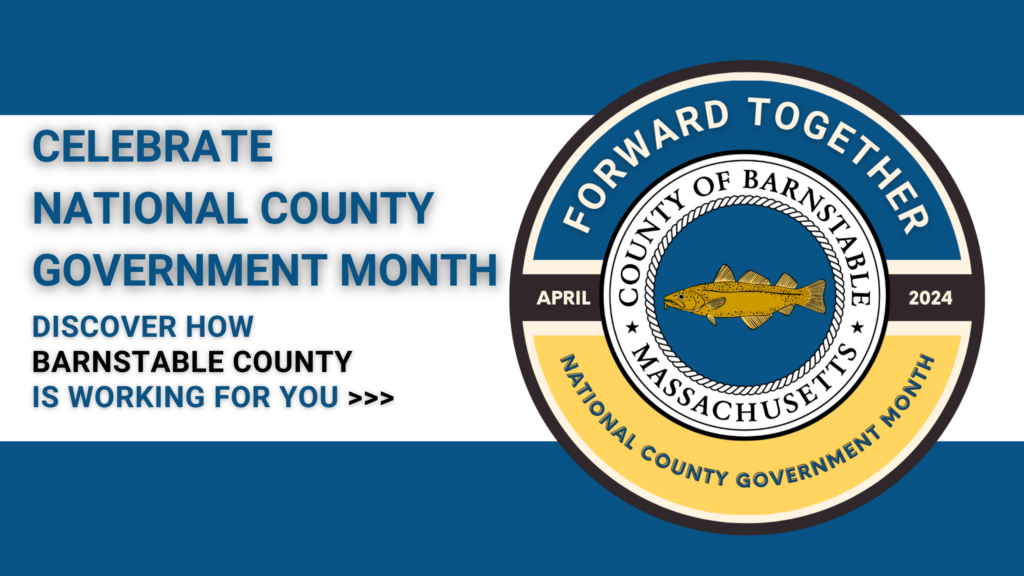

What is Hoarding
What is hoarding?
Hoarding is defined as a persistent difficulty discarding or parting with possessions, regardless of their actual value. This difficulty is due to a perceived need to save the items and distress associated with discarding them. For a more detailed description of Hoarding Disorder, as defined by the Diagnostic & Statistical Manual of Mental Disorders (DSM-5), click here.
According to the American Psychiatric Association, hoarding disorder can cause problems in relationships, social and work activities, and other important areas of functioning. Potential consequences of serious hoarding include health and safety concerns, such as fire hazards, tripping hazards, and health code violations. It can also lead to family strain and conflicts, isolation and loneliness, unwillingness to have anyone else enter the home, and an inability to perform daily tasks, such as cooking and bathing in the home.
- Hoarding affects 2% – 6% of the population (likely underreported)
- Hoarding affects men and women at similar rates
- Hoarding is more common in older adults (ages 55-94)
- There is an increased risk with a family history of hoarding
- Over 9,000 residents on Cape Cod are suffering with hoarding disorder (assuming 4% of the year-round Cape Cod population is affected)
- Falls, inability to exit home, house fires
- Housing instability and eviction
- Conflicts with family, friends, neighbors
- Loneliness, isolation and depression
- Cognitive Behavioral Therapy- addresses information processing, core values, beliefs about possessions, and role of emotions
- Medication- can be used in addition to other treatments
- Skills training- to learn about organization, problem solving, and decision making
- Support groups, professional organizers, and behavioral health resources
- Person collects a large number of items that appear useless. This can lead to excessive acquiring, which is the accumulation of more things than one has the space for or can afford.
- Items clutter one’s living space and make it hard to use rooms as intended.
- Items cause distress in daily activities.
- People with hoarding disorder often suffer from poor insight and have difficulty grasping the severity of the problem.
Source: Tolin, David F., Randy O. Frost, and Gail Steketee. Buried in Treasures: Help for Compulsive Acquiring, Saving, and Hoarding. Oxford: Oxford UP, 2007.



